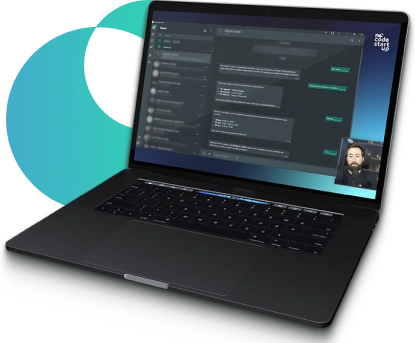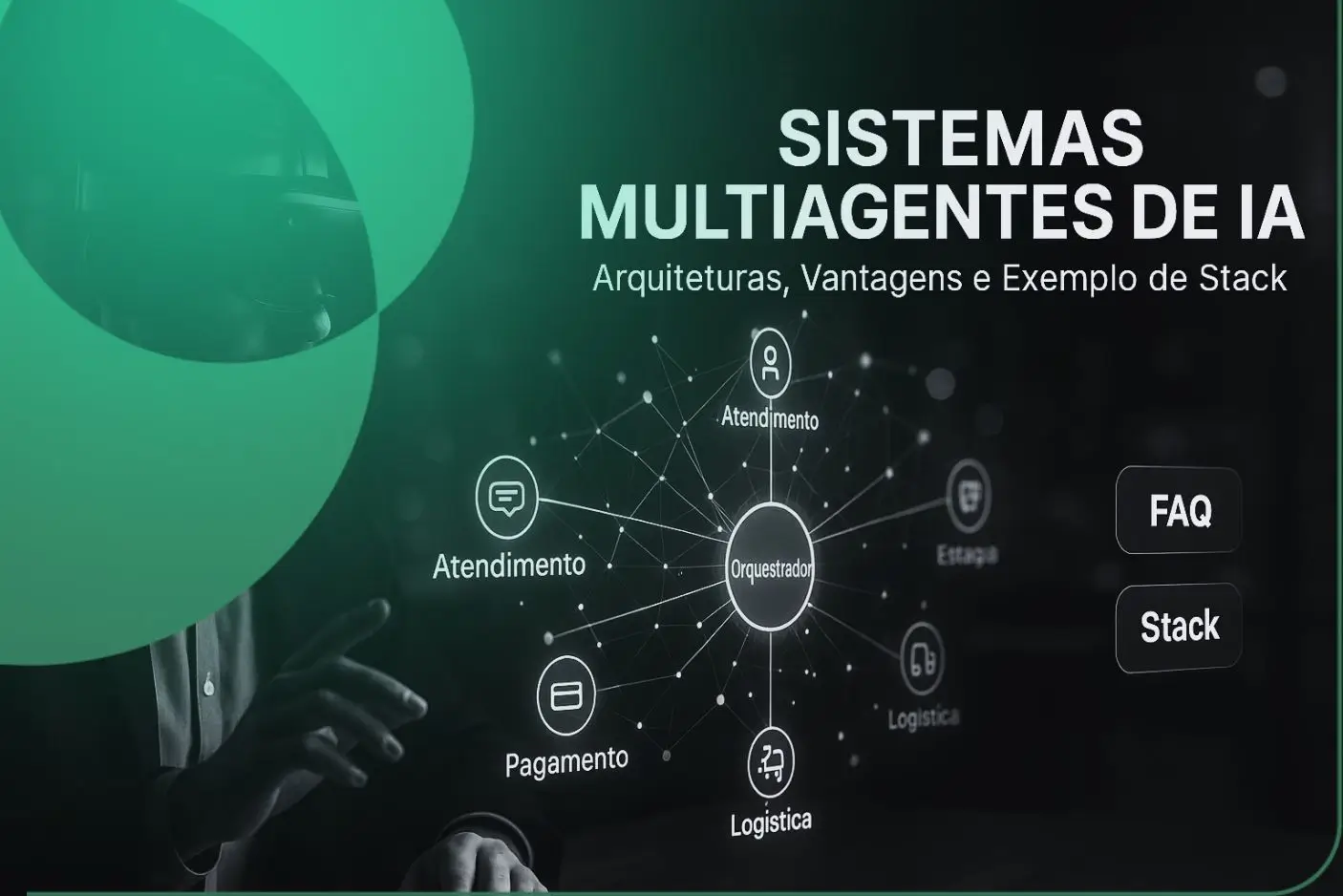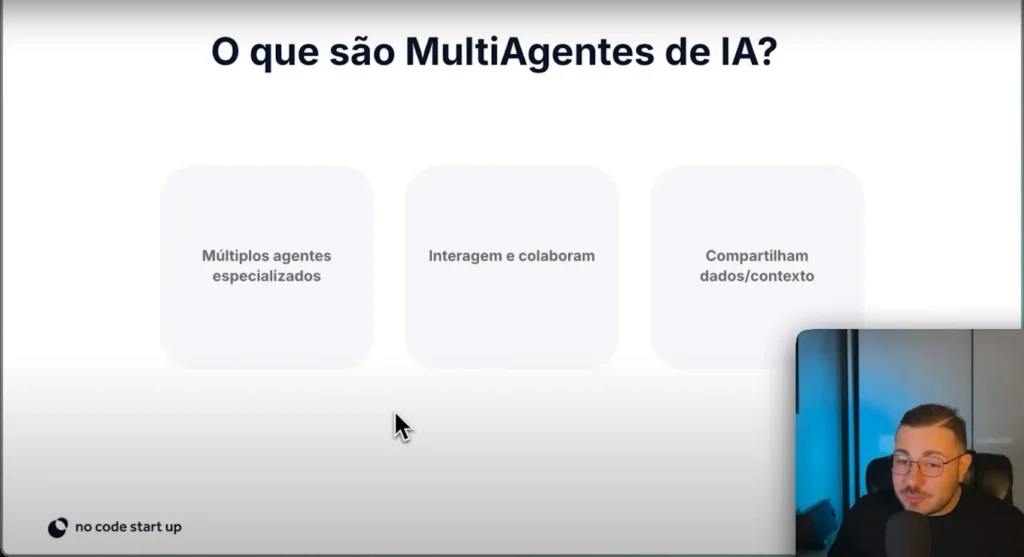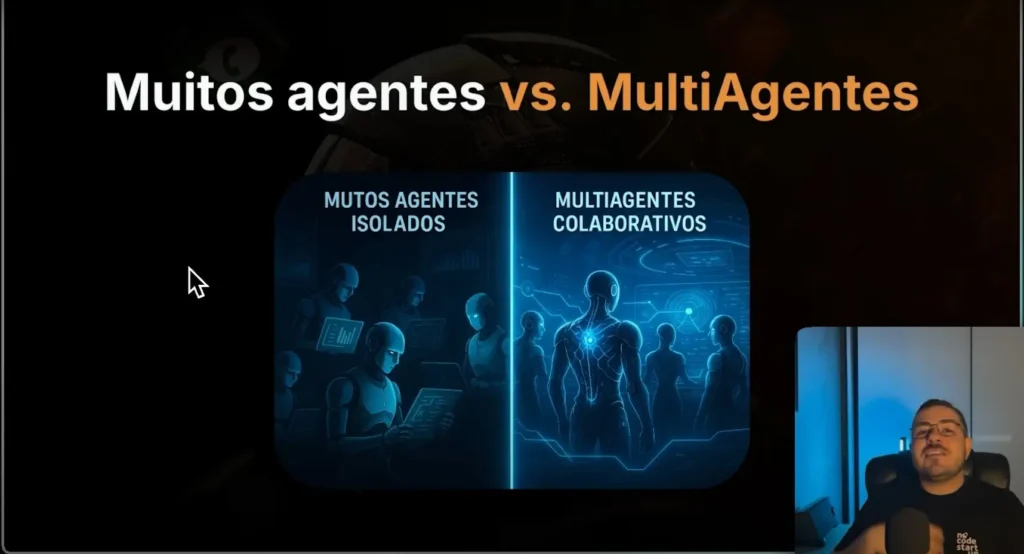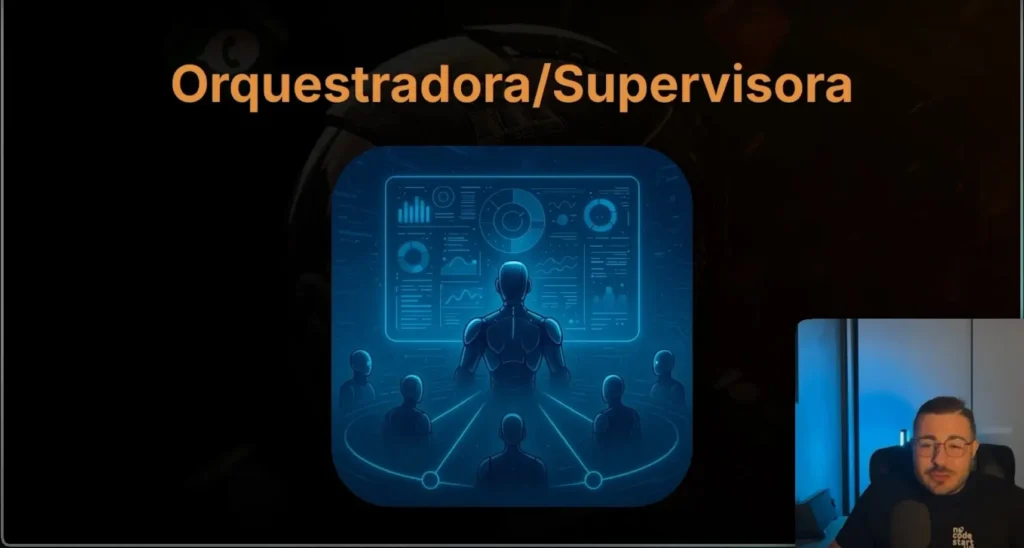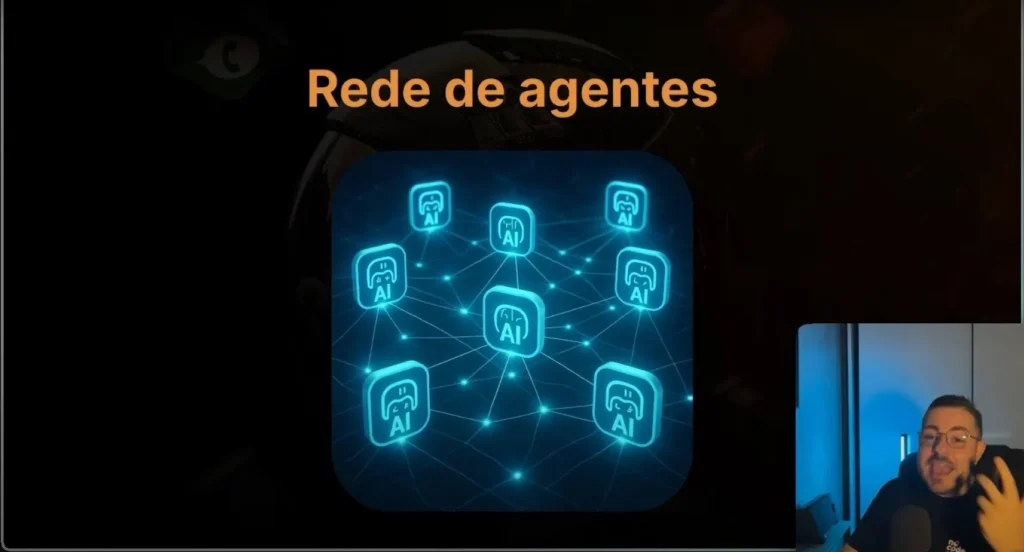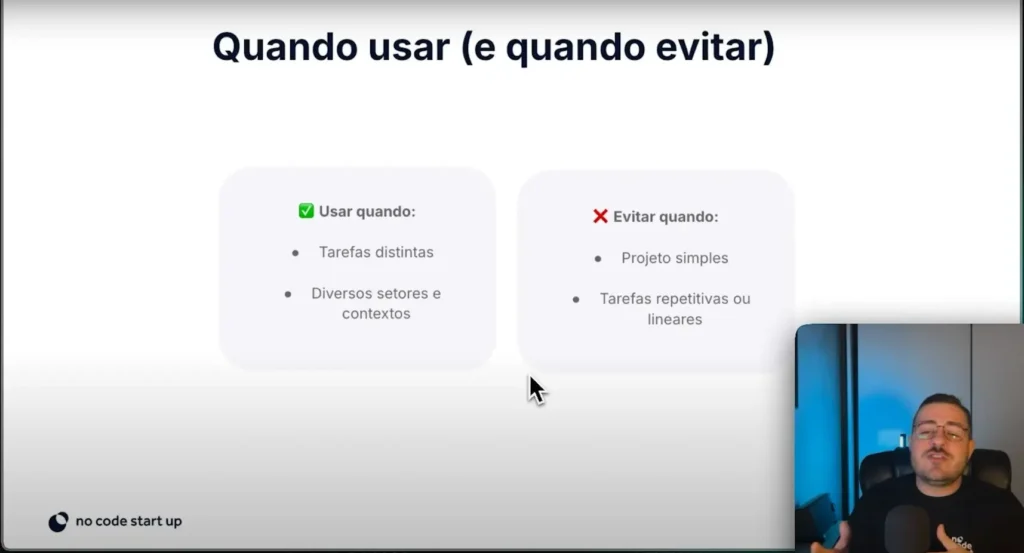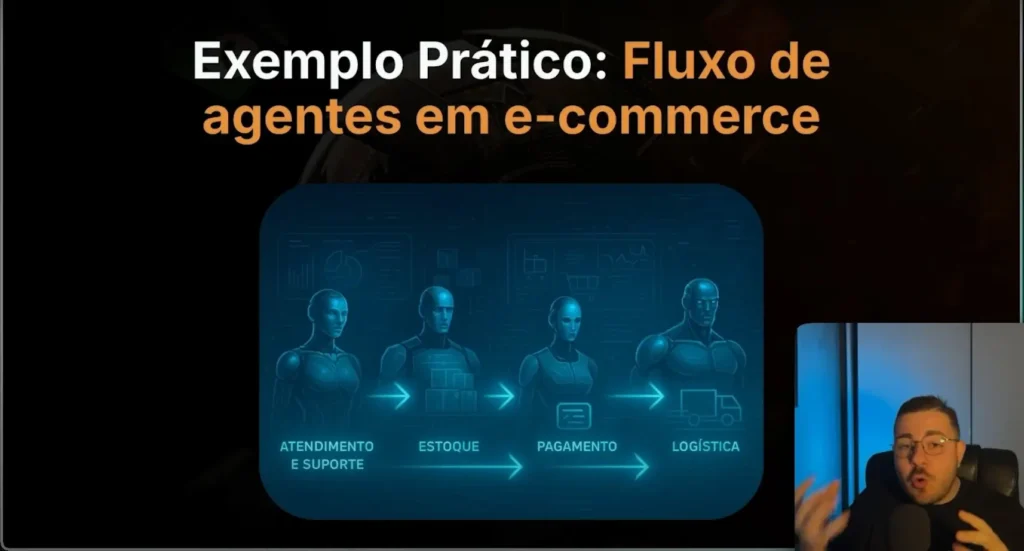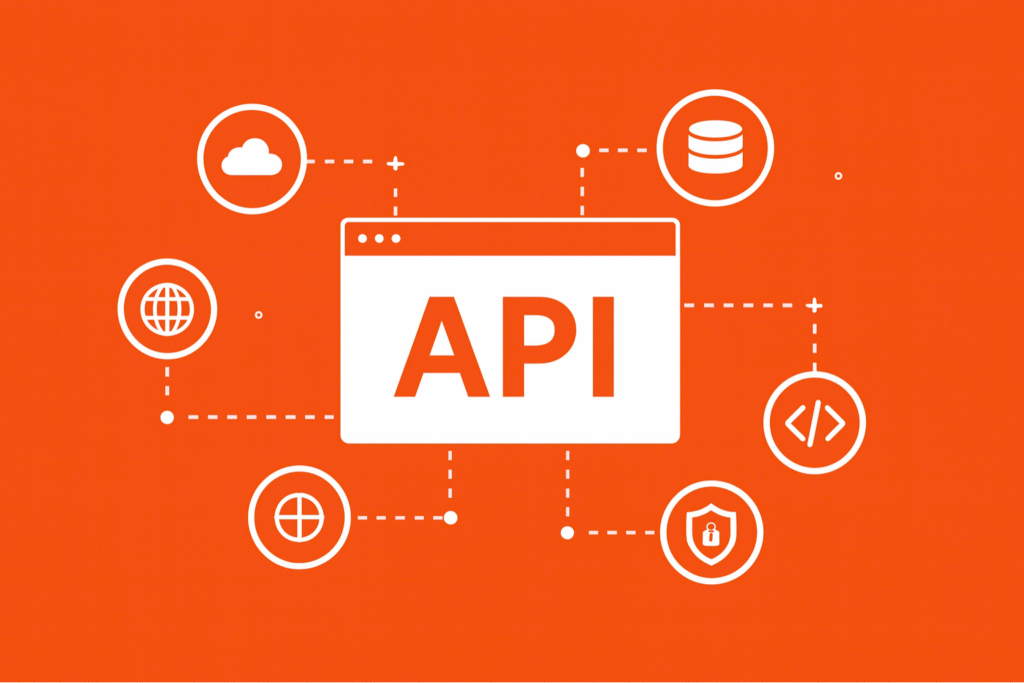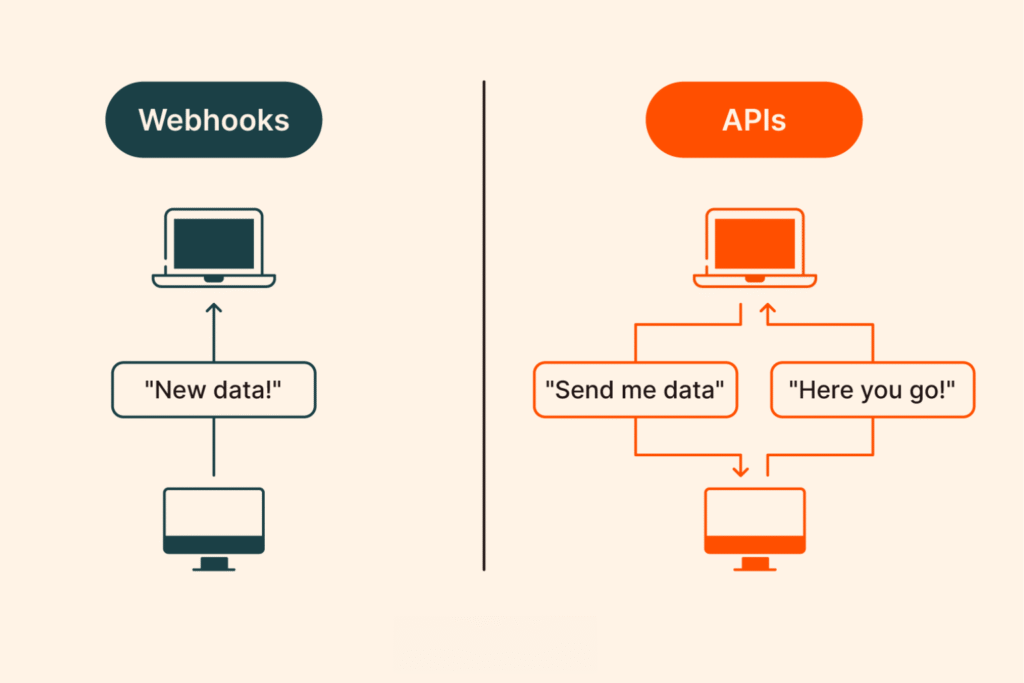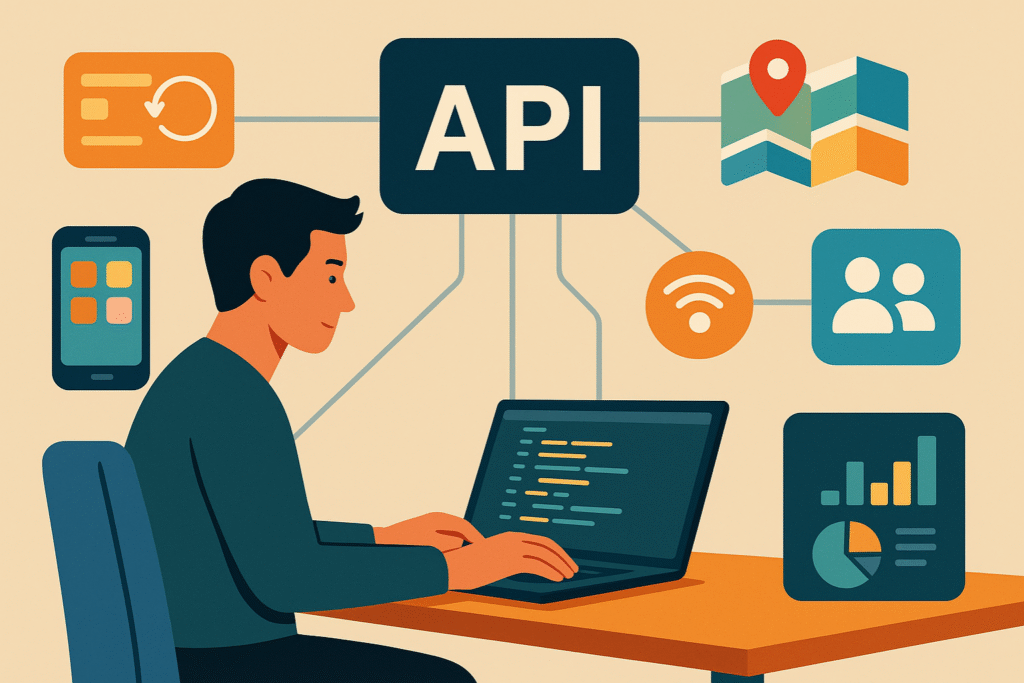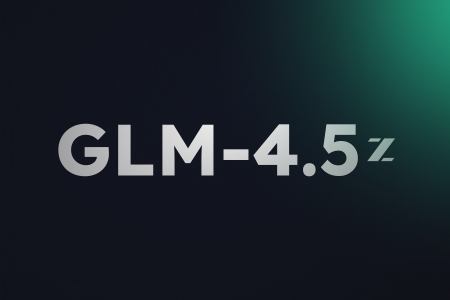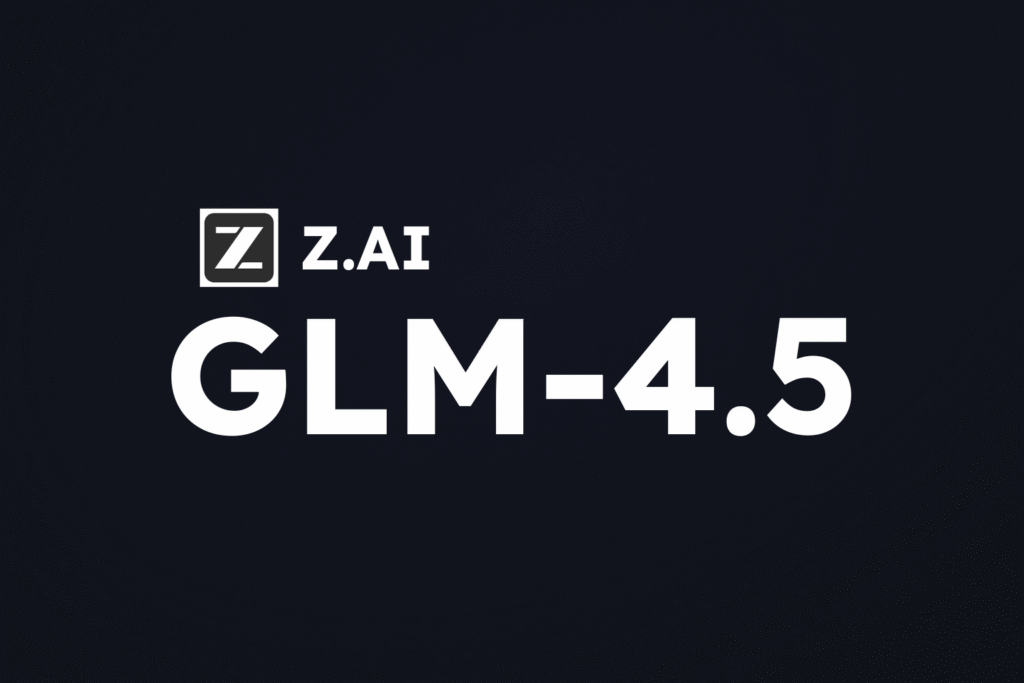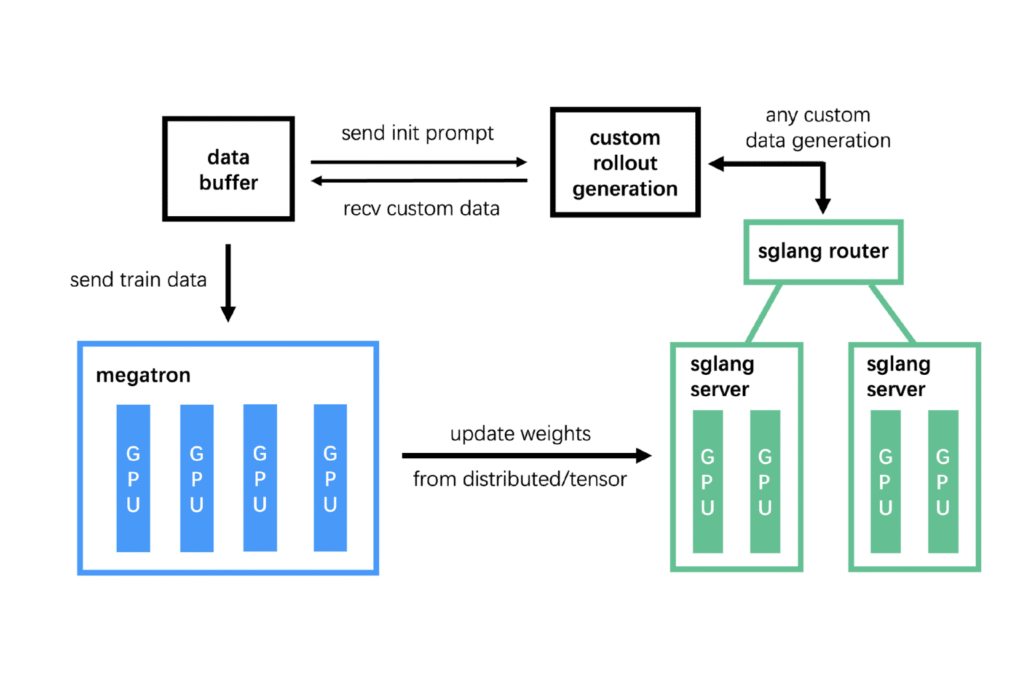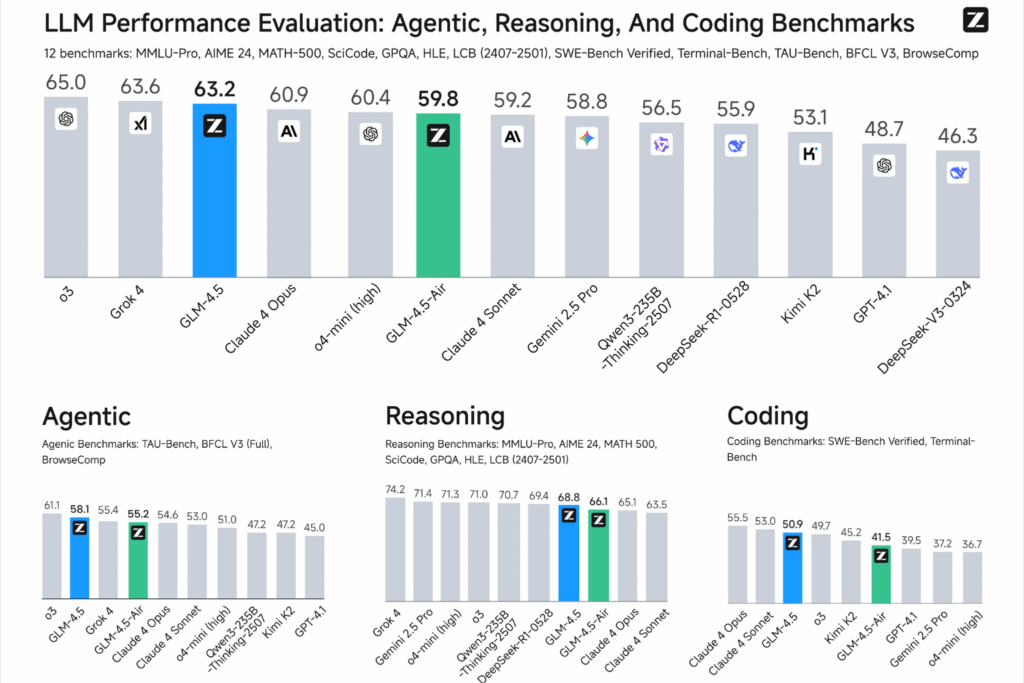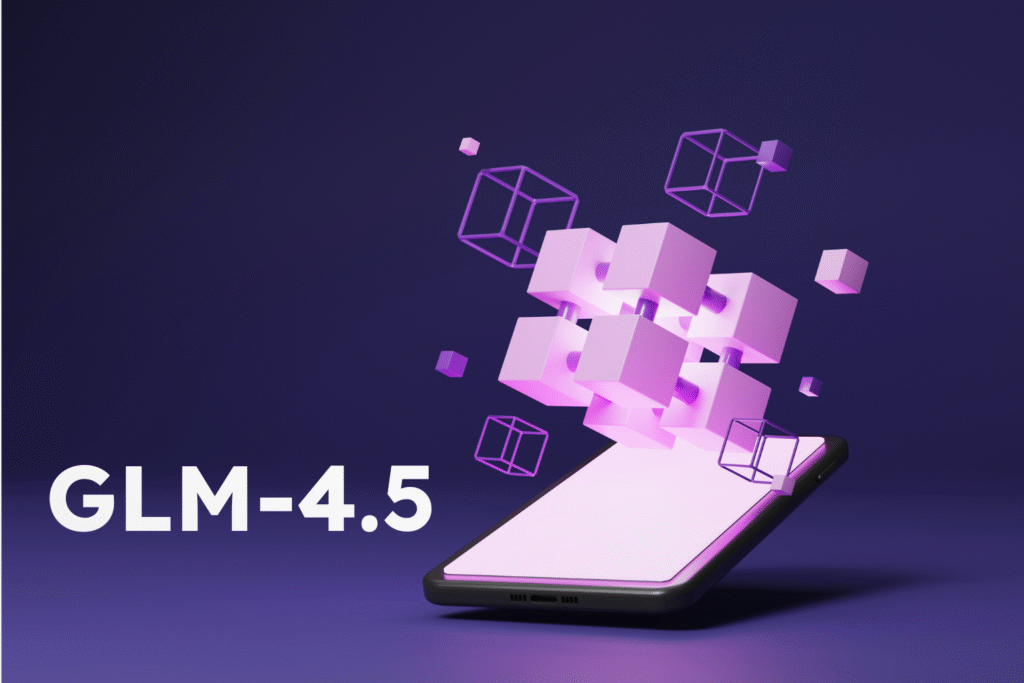Estimated reading time: 7 minutes
Creating an AI chatbot for WhatsApp may seem complex, but with the right tools and the power of NoCode platforms, this task becomes accessible to everyone.
Using NoCode platforms, you can build an intelligent chatbot, saving time and without needing advanced programming skills.
For those looking to improve customer service, automate responses and increase their digital presence, this technology is a practical and efficient solution.
See how to turn NoCode into a true automation tool for WhatsApp.
The basics behind creating a chatbot AI

Before you start building your AI chatbot for WhatsApp, it's important to understand the basics.
An effective chatbot requires two essential parts: a user interface for WhatsApp and an intelligent system that understands and responds to messages.
In the case of NoCode platforms, these two parts can be configured visually, without the need for complex programming.
Tools like N8N for automating WhatsApp integration and Langflow for implementing AI are great starting points, allowing you to set up automatic and personalized responses with AI.
The goal is for the chatbot to respond quickly and accurately to user demands, optimizing service. With the right tools, creating a functional and intuitive chatbot becomes simpler than it seems.
Choosing tools: where to start?
Choosing the right tools is crucial to building an efficient and functional chatbot. Currently, there are several platforms that facilitate this process, especially for those looking for a NoCode solution.
N8N, for example, is a popular automation platform that allows you to connect your chatbot to WhatsApp using APIs and webhooks, enabling you to send and receive messages in a practical and secure way.
Another essential tool is Langflow, which helps implement the artificial intelligence needed to understand and respond to user messages.
For those looking to expand visual development, tools like FlutterFlow or Bubble can complement the creation of interfaces for applications, making the process more intuitive.
These platforms allow you to create an automated conversation flow, adjusting the chatbot according to your business needs.
With them, developing a chatbot for WhatsApp becomes a practical and accessible task, even without programming knowledge.
The Heart of the Chatbot: Implementing AI
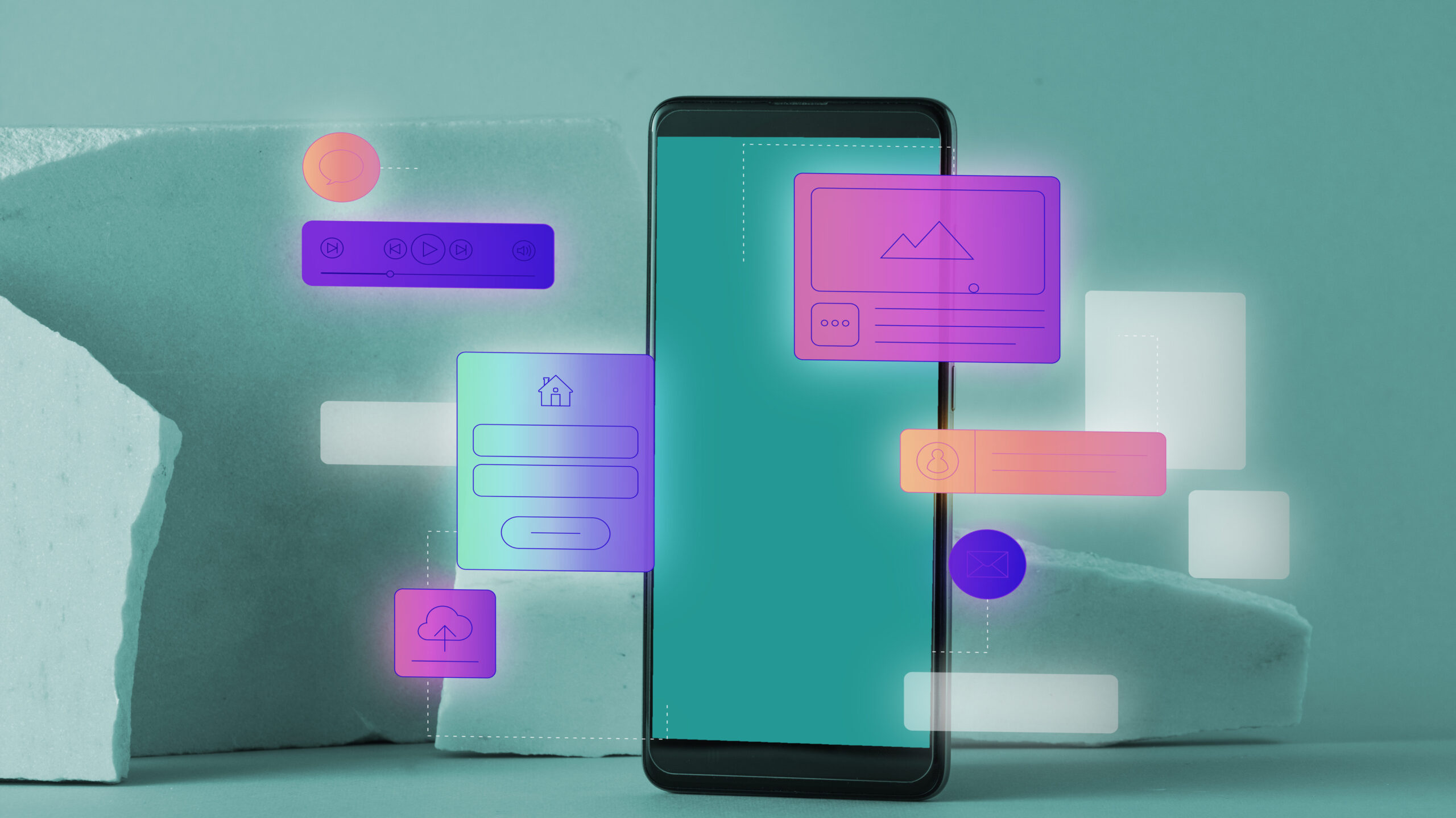
Artificial intelligence is what really brings the chatbot to life, allowing it to understand and respond naturally.
To do this, count on the best AI tools makes the process easier and more accessible. See the step-by-step guide to implementing AI in your chatbot:
- Choose your WhatsApp Integration platform – use N8N to securely connect your chatbot to WhatsApp. Set up a webhook that receives WhatsApp messages and forwards them to the AI system.
- Configure your chatbot’s AI system – In Langflow, create conversational flows and set up automatic responses for different questions, such as opening hours, training the bot to understand users’ intentions.
- Connect N8N to langflow – In N8N, set up a function that forwards WhatsApp messages to Langflow and receives replies back.
- Test and adjust – In Langflow, adjust responses and intents based on test results, using AI tools to create more dynamic and personalized responses.
- Go live – Once everything is set up, integrate N8N with the official WhatsApp Business API to ensure continuous, 24/7 support.

With these steps, you ensure that your chatbot is ready to understand and serve your customers efficiently.
How to connect the chatbot to WhatsApp
Connecting your chatbot to WhatsApp is an essential step for it to interact directly with users.
With N8N, you can set up an automation flow using the WhatsApp API so that your chatbot communicates directly with customers.
To get started, create a webhook in N8N to capture incoming WhatsApp messages and forward them to Langflow for processing.
Once you've validated that the chatbot responds as expected, you can integrate the official WhatsApp API into N8N for continuous support.
This process ensures fast, automated and personalized communication with your customers.
Testing and improving
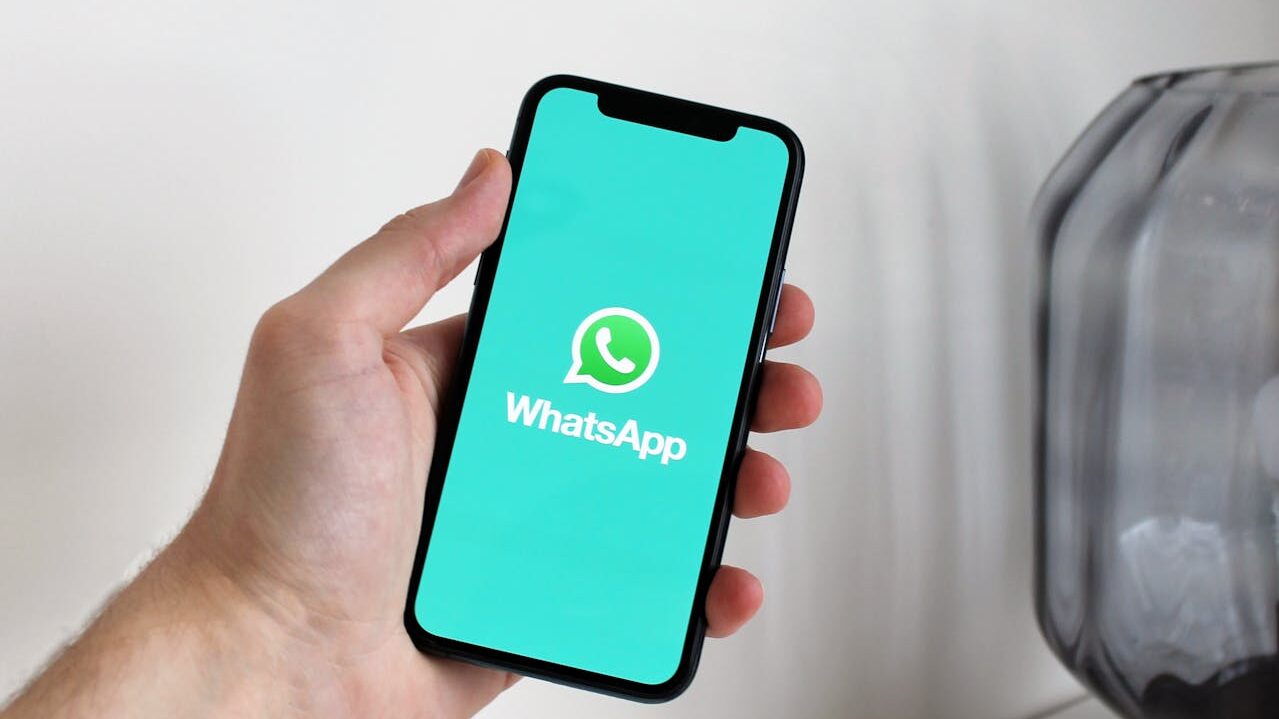
Once you have set up and integrated your chatbot with WhatsApp, it is important to test it to ensure that it responds correctly and delivers a good user experience.
During testing, check that the chatbot understands user messages and responds in a relevant way.
Node Langflow, you can analyze interaction history to identify areas for improvement and adjust conversation flows as needed.
Remember that a chatbot is an ever-evolving tool, and customer demands may change over time.
For those who want to further expand the functionality or even create a custom interface, it is worth exploring a Free Bubble Course, which allows you to develop visual applications in a practical way.
With continuous improvements and the right tools, your chatbot will become increasingly efficient and personalized, ensuring a satisfactory experience for your users.
Ready to automate your service?
With your AI chatbot for WhatsApp, you now have a powerful tool to automate customer service and improve the customer experience.
By following these steps, any business can create effective solutions without the need for advanced programming.
To continue learning and improving your skills, visit our YouTube channel NoCode Startup.
There, you will find more content and tutorials about NoCode tools, automation and application development.
Explore these features to take your automation to the next level and discover new ways to streamline processes.

